The Nile River is likely one of the world’s most iconic pure landmarks. Flowing throughout 4,130 miles and traversing eleven international locations, this river has been an essential web site for 1000’s of years. From one of the world’s first civilizations (the Ancient Egyptians) to the technologically superior societies of right now, people have lengthy relied on this mighty river for meals, sources, economics, commerce routes, and water. On this listing, you will uncover seven epic details about this superb river.
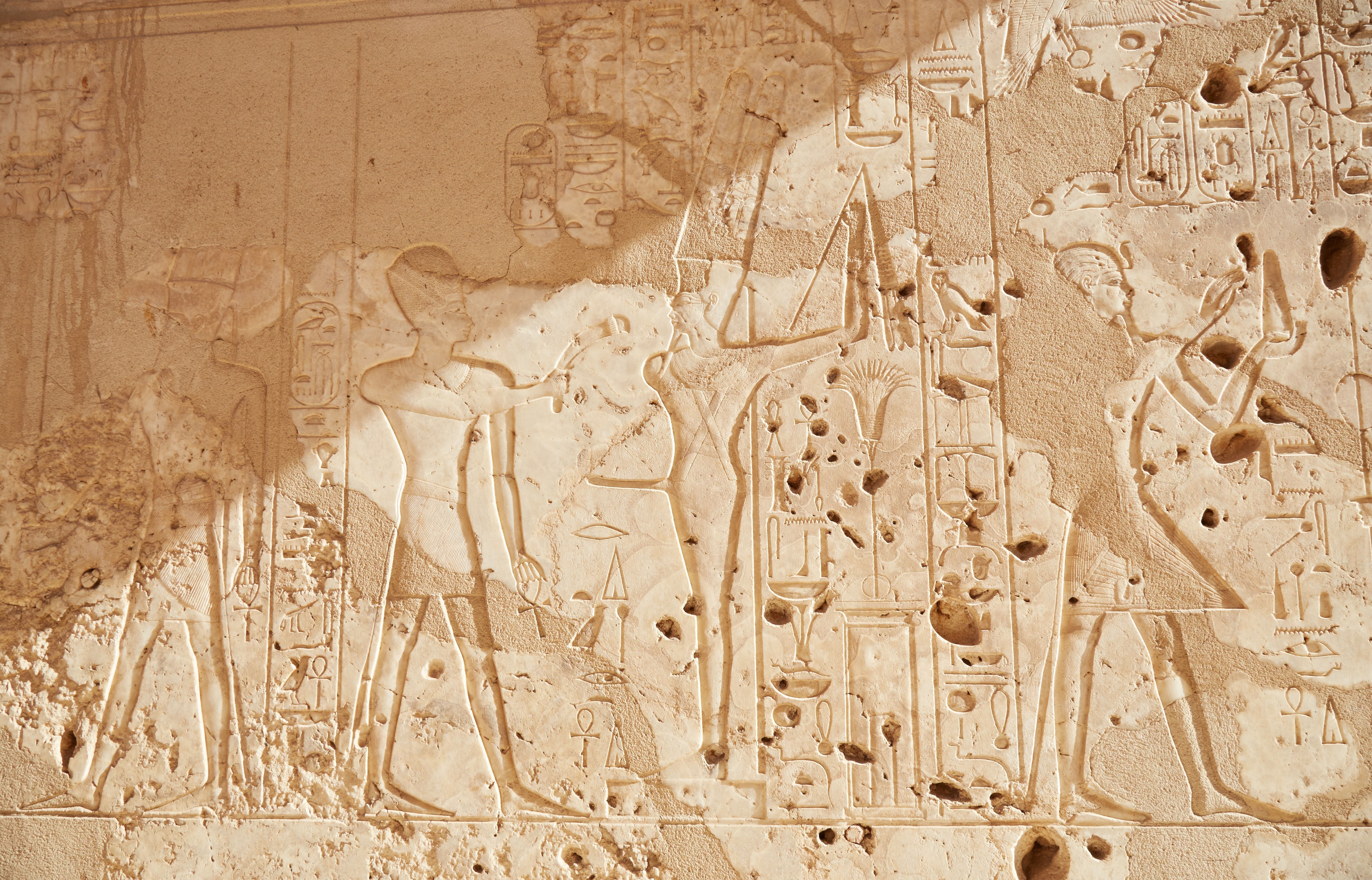
Associated
A 4,000-Year-Old Tomb Was Just Unearthed In Egypt
This 2024 discovery sheds gentle on the position of ladies in Center Kingdom Egypt.
7 The Nile Has Two Branches
The Nile is fed by two rivers: the White Nile and the Blue Nile
Those that’ve discovered concerning the Nile from historical past class will know all about its significance to the Egyptian Civilization, however individuals usually aren’t instructed about its superb geography. For the river’s complete size in Egypt and for a lot in Sudan, it is only one river. However on the web site of Khartoum, you will discover that this mighty river is definitely two that merged collectively on their downhill movement north in the direction of the Mediterranean.
These branches are the White Nile and the Blue Nile. The White Nile begins at Lake Victoria after which flows via South Sudan to Khartoum. The Blue Nile begins in Ethiopia at Lake Tana earlier than persevering with its journey to the identical place.
Regardless that the White Nile is longer, the Blue Nile is definitely the place many of the river’s downstream water comes from. As much as 80% of the Nile’s downstream water comes from this one supply!
|
White Nile size: |
2,300 miles |
|
Blue Nile size: |
900 miles |
|
Assembly level: |
Khartoum |
6 The River Is Damaged Up By A Massive Wetland
A 12,000 sq. mile swamp in South Sudan prevented the Romans from exploring additional up the Nile
Black and white flyover photograph of Sudd Swamp
About 600 miles away from the Nile’s origin in Lake Victoria (shared between Kenya, Tanzania, and Uganda) is a geographical characteristic that few find out about: Al Sudd. Al Sudd is a large wetland in South Sudan that is located alongside the White Nile department. Its measurement is round 12,000 sq. miles. House to a various ecosystem, it is an essential location for the area.
For these attempting to journey up the Nile, nevertheless, this wetland acts as a pure barrier, therefore its Arabic identify (which means “obstruction”). In antiquity, many historic civilizations tried to cross it, however none have been in a position to take action efficiently. Even the Romans were blocked by this massive swamp.
|
Measurement of Al Sudd: |
12,000 sq. miles |
|
Fauna discovered right here: |
Shoebills, black topped cranes, reedbucks, Nile lechwe, Nile crocodiles, hippos, painted searching canine |
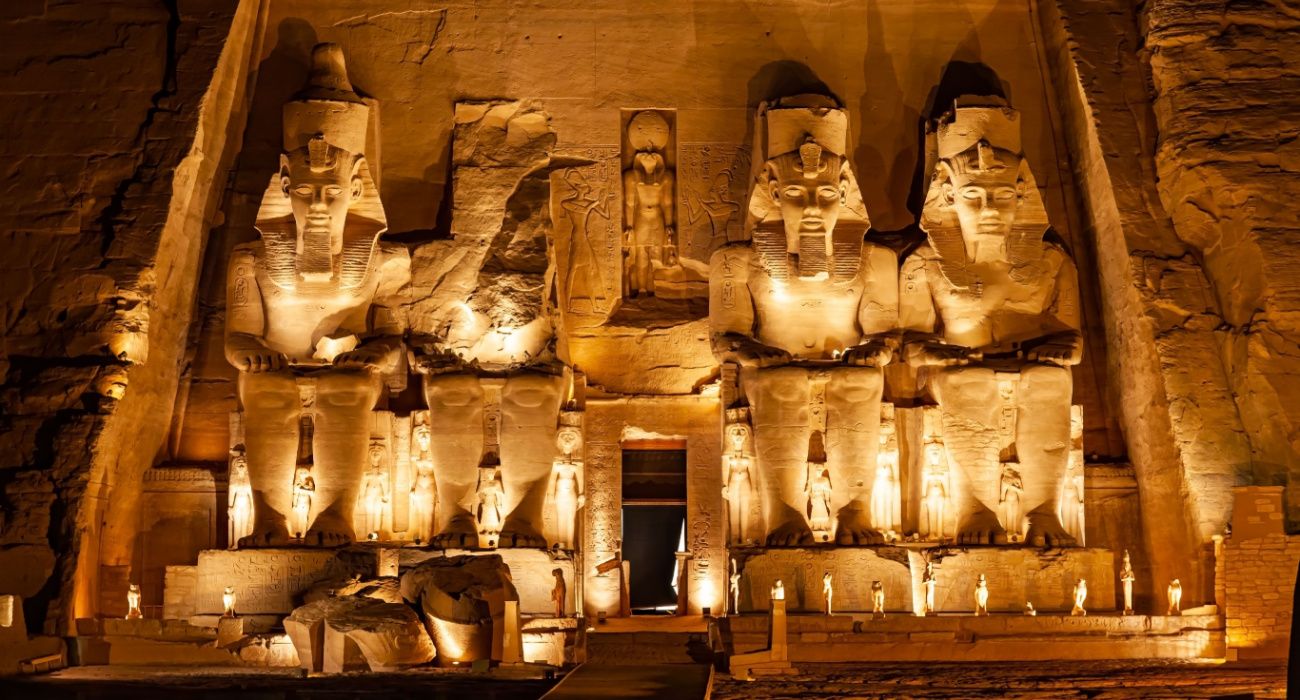
Associated
These Famous Egyptian Monoliths Were Nearly Destroyed In A Flood
The large statues of Ramasses II communicate to the wealth and energy of historic Egypt, however have been almost destroyed in a flood.
5 Papyrus Is Almost Extinct In The Nile Delta
One of many Nile’s most iconic vegetation does not develop within the Delta anymore
For millennia, the papyrus plant native to the banks of the Nile River was an important useful resource for the Egyptian civilization. These tall aquatic vegetation with attractive tufts have turn into almost synonymous with Historical Egypt as a consequence of their significance in making papyrus paper.
Though this plant has had vital cultural significance for 1000’s of years, it is turn into extinct alongside huge parts of the Nile. Immediately, in Egypt, it is solely present in choose locations, like Al Qaramous and Wadi El Natrun. In Al Qaramous, the plant remains to be reworked into the attractive paper that was as soon as very important to the ancients.
Regardless that papyrus nonetheless grows abundantly elsewhere alongside the Nile, comparable to in Uganda, it is absent from the place the place it was as soon as so essential.
|
The place does papyrus develop now? |
Al Qaramous and Wadi El Natrun |
|
Papyrus top: |
3-16 toes tall, relying on selection |
|
Scientific identify: |
Cyperus papyrus |
4 Hippos Are Solely Discovered South Of Al Sudd
Hippos are now not discovered north of Al Sudd, together with Egypt
For 1000’s of years, hippos have been discovered all all through the total size of the Nile River. Hippos have even been documented on this area by Saharan rock art that was made during a time when the Sahara was green. Even in the course of the Roman interval, by which many sorts of megafauna have been already on the decline in Eurasia and Northern Africa, hippos have been nonetheless discovered within the Nile Delta.
Between at times, although, overhunting and habitat loss have resulted in hippos now not being discovered north of the Al Sudd wetlands. Inside and south of this space, hippos are nonetheless plentiful. They’re additionally nonetheless discovered at Lake Tana in Ethiopia.
|
Areas hippos are now not discovered: |
Egypt, Sudan |
|
Areas of the Nile the place hippos are discovered: |
South of Al Sudd, Lake Tana |
|
Scientific identify: |
Hippopotamus amphibius |
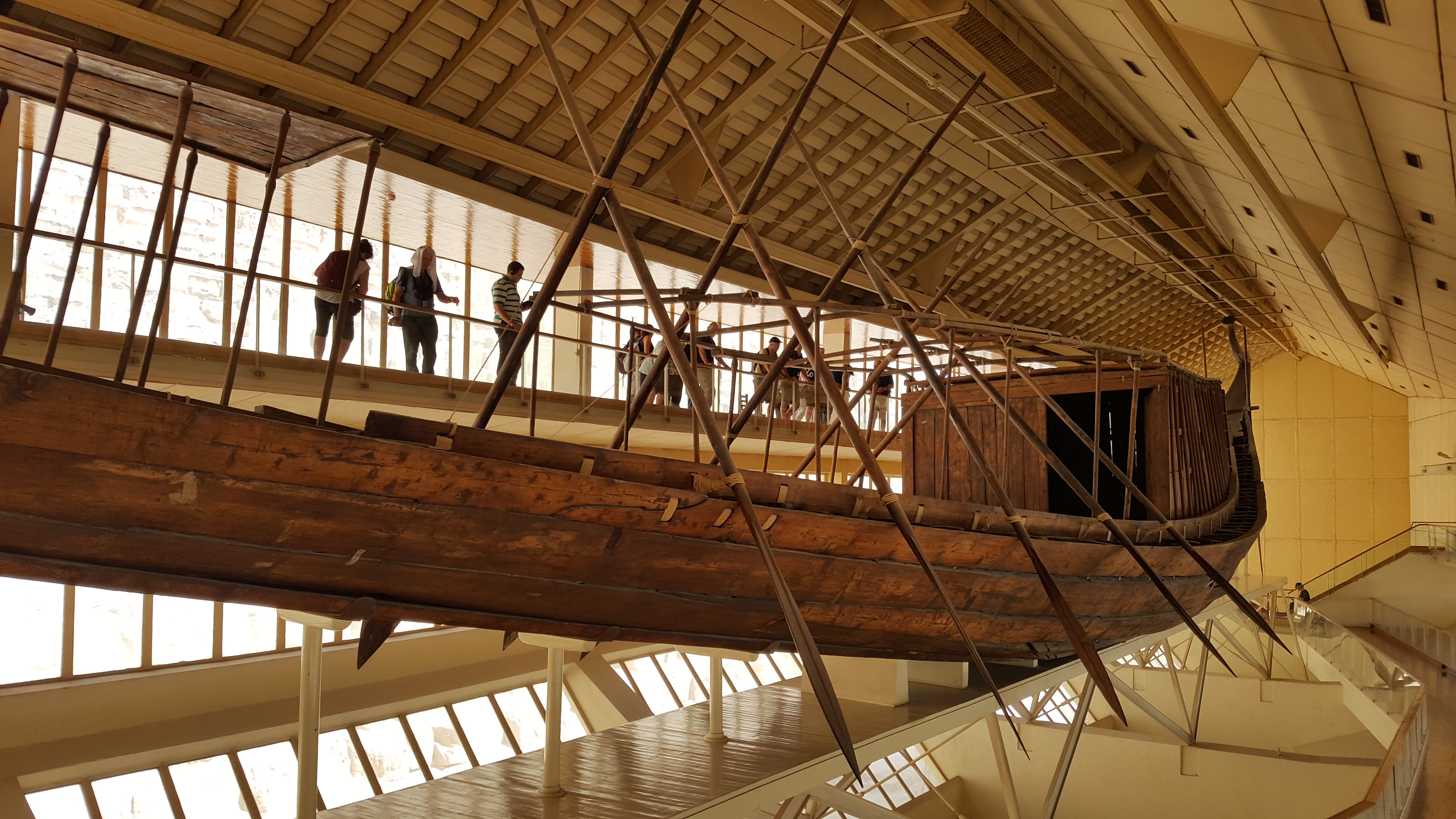
Associated
Here Are The 7 Most Unique Things Found In Egypt’s Pyramids
Egypt’s well-known pyramids maintain the stays of well-known pharaohs and include a number of the strangest and most mysterious artifacts.
3 One Of The World’s Oldest Hymns Is About The Nile
This 3,000-year-old hymn praises the Nile as a personified deity
Courting to the 18th or Nineteenth Dynasties of the New Kingdom of Egypt, one of many world’s oldest hymn poems is devoted to the Nile. Known as the “Hymn to the Nile,” this textual content worships the personified Nile River as a god. The author praises the Nile for watering Egypt’s orchards and fields, for inflicting flocks to prosper, for producing fish, and for permitting the land to prosper.
This hymn additionally highlights a number of the extra destructive facets of the Nile River that the Historical Egyptians would have confronted, comparable to when its flooding is irregular, when fish aren’t bountiful, and that the unpredictable and uncontrollable forces of nature.
For the Historical Egyptians, the Nile was dominated by the god Hapi, who managed the annual flooding of the Nile that was very important to Egyptian agriculture.
|
Interval written: |
18th-Nineteenth Dynasties of the New Kingdom |
|
Date: |
1550-1189 BCE |
|
Egyptian god of the Nile: |
Hapi |
2 The Nile Is House To Over 100 Completely different Fish Species
A bounty of fish reside alongside the 4,000 miles of the Nile River
For 1000’s of years, the waters of the Nile have teemed with life. This river hasn’t simply been essential due to its significance to agriculture and livestock, but in addition as a supply of fish. Historical and fashionable individuals alike have cherished to feast on the bounty that comes from these waters.
Recent estimates put the variety of fish species within the Nile to between 128 and 168. A few of these species embody Nile perch, Nile tilapia, tigerfish, marbled lungfish, elephant-snout fish, eels, and even electrical catfish.
One other factor the ancients share with us right now is that they cherished to maintain fish from the Nile as pets! Within the tomb of New Kingdom official Nebamun, work have been discovered depicting a lush backyard that has a fish pond. On this pond are what seems to be to be species from the Nile River. The Historical Egyptians even typically mummified fish! This cool fact is probably one that the history books didn’t tell you about Egypt.
|
Variety of fish species: |
128-168 |
|
Varieties: |
Nile perch, Nile tilapia, tigerfish, marbled lungfish, elephant-snout fish, eels, and even electrical catfish |
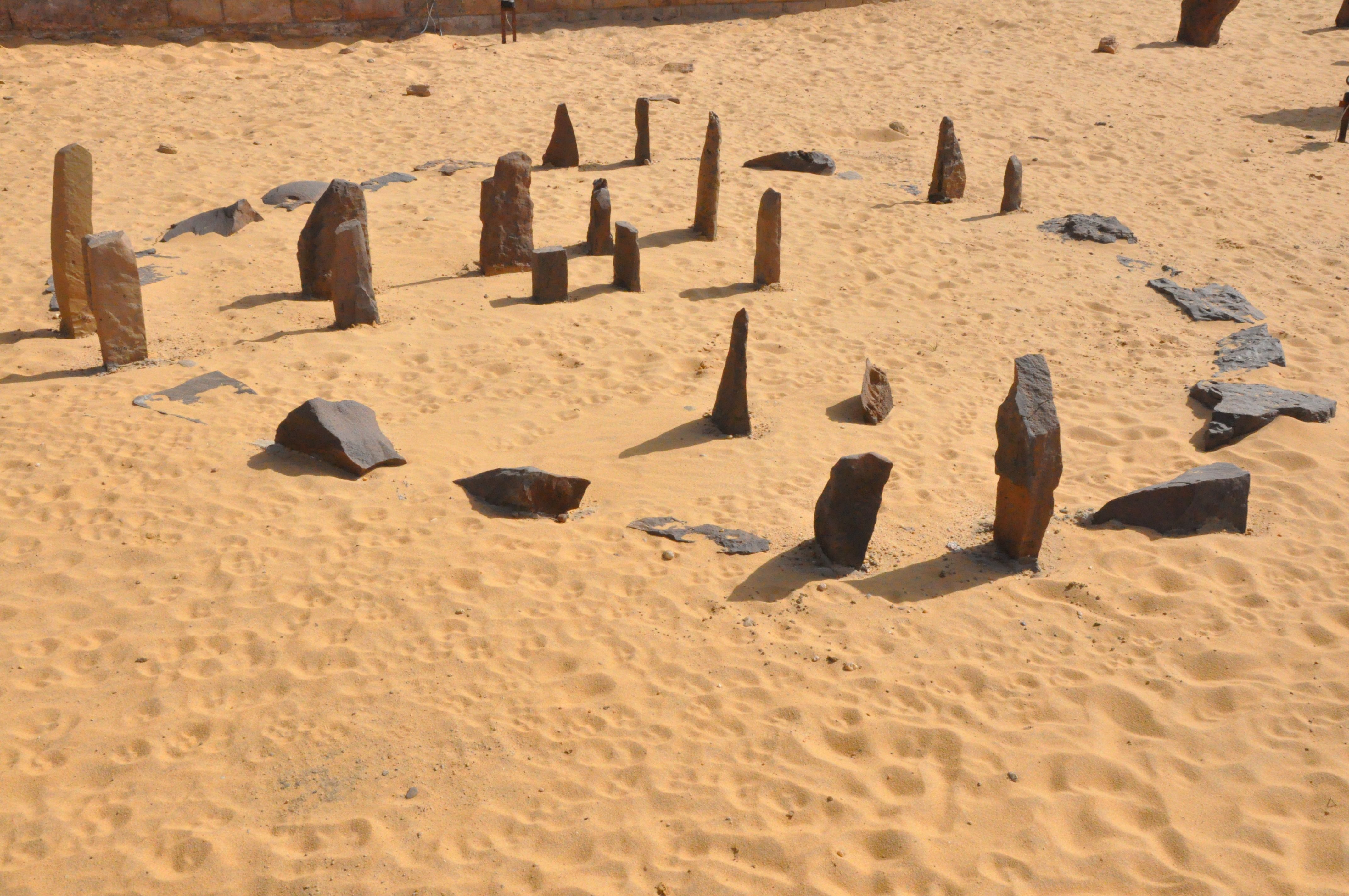
Associated
Egypt’s Ancient Stone Circle Is The World’s Oldest “Observatory”
This stone circle within the Nubian desert is even older than Stonehenge, and as soon as helped people observe time on the shores of an historic lake.
1 The Nile Delta Would possibly Disappear
1 / 4 of the Nile’s Delta Area may erode as a consequence of local weather change
Local weather change is impacting areas all around the globe, from the Sahara’s desert landscape to the coastline of Alaska, and the Nile River is not any exception.
Out of all of the areas of the Nile, one of the places that will be the most impacted by climate change is the Delta. It is estimated that 25% of the Delta could be gone in just 80 years. The Mediterranean shoreline of this space is very inclined to erosion and coastal flooding.
|
% of the Nile Delta which may disappear: |
25% |
|
Date this might happen by: |
2100 |
|
Most impacted space: |
Alexandria |
That is much more of an pressing challenge contemplating that 7 million individuals stay in Egypt’s important city of Alexandria, which might be severely impacted. A mere 50 centimeters of sea stage rise has the capability to displace over 2 million individuals right here.

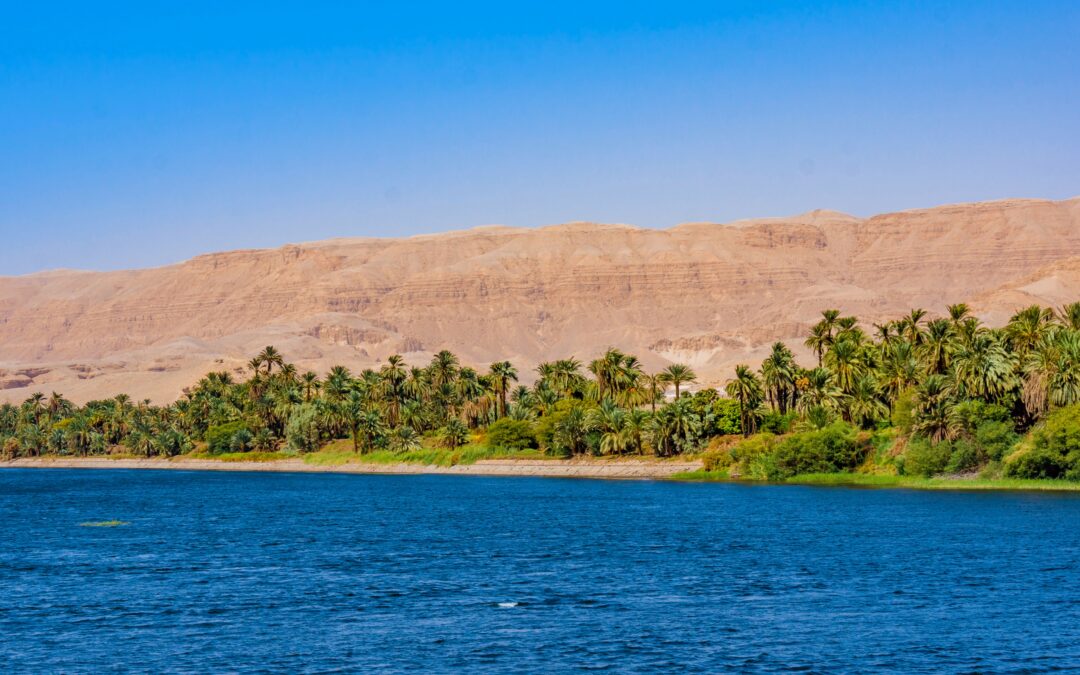

Recent Comments